Troubleshooting Leaky Cloth Diapers
It's important to remember that using cloth diapers is not this picture perfect experience and just like disposable diapering, you will have blow outs and leaks and mistakes because we're human and that happens.
When evaluating leaky cloth diapers - it's important to ask yourself, is this just a mishap, or is this part of a larger issue. When it's consistently happening with multiple diapers or the same diaper, then it's time to find an answer.

Guide to Troubleshooting Leaky Cloth Diapers
Leaks happen.
But we also want you to have a leak free cloth diaper experience. It should not be the norm, or what's expected. There are ways to combat leaky diapers, and here's our favourite tips and tricks for reducing leaky cloth diapers, and ensuring you have a dry experience with cloth diapers.
1. Check the Absorbency
We mean look at the cloth diaper insert (this is true if you're using flats, refolds, fitted diapers, or all in one diapers). Look at the absorbent material in the diaper and evaluate the overall wetness. Here's some questions to ask yourself
- Is the entire insert wet? Usually changes to a darker colour when wet.
- Is the insert squish and leak?
- Is only part of the insert wet?
- Is any non-absorbent material wet? Like the PUL, elastics, or lining of the cloth diaper?
These questions help us understand how liquid is moving inside the cloth diaper. If the entire diaper is saturated.... then there wasn't enough material to absorbent the size of pee. If only some of the insert is wet, then perhaps we have enough absorbency but the pee is getting displaced? Or perhaps we need to look at other reasons.
Typically if the entire cloth diaper insert is soaking wet, you need more absorbency for the time period you're trying to cloth diaper.
Standard daytime absorbency is one 4 ply cotton/bamboo insert every 2 hours, but as kids age, we may need to move to a 6 ply insert, a refold, or a larger fitted diaper. We might need to stack inserts to give more absorbency - and of course, standard is an average so there are many kids out there who need giant prefolds or fancy hemp blends to be really capture and hold onto pee.
2. Investigate overall fit of the cloth diaper
Fit of a cloth diaper impacts performance and comfort. Fit improves absorbency by ensuring the diaper has space to absorb, while also reducing the opportunity for leaks from any gaps in the diaper.
Fitting a cloth diaper takes practice in ensuring you get the leg elastics of a cloth diaper nicely in the leg crease while giving a comfortable fit. You might get it the first time, you might not.
Here's a few things we look for in a cloth diaper fit to indicate potential leaky problems.
- Is there a gap between the leg elastic and the crease.
- Are the leg elastics providing a gentle, but secure seal against the inside crease of baby's leg?
- Is the waist laying flat and smooth across baby's belly? These should not be so tight it looks over stretched but not too loose that it falls down. Find a happy just right.
- Is the rise setting adjusted to hold the absorbency close to baby's body? Use the rise setting to reduce any gaps in the legs and to provide the best possible fit.
This can take some maneuvering as you learn to fold the fabric, pull the elastics through the legs, and use the rise settings to your best advantage. It's okay if it takes time. Things take time.
3. Repelling, Delamination, and other things
This is often the first thing people jump too, but is most unlikely. Sometimes it can seam like your diapers are holding less, but actually your Childs changed and the fits have changed.
In the home lab, I've been unsuccessful at ever mimicking build up as influencing overall absorbency of a product - whereas some textiles, including liners, can be slower to absorb, too quick to absorb, or other performance related factors.
We are seeing an increase in de-lamination from random brands due to changes in quality and manufacturing, paired with an increase in use of additives and washing techniques.
Remember that PUL is water resistant and not waterproof. It will leak fi you sit a wet cloth on it for an hour. It shouldn't have scratches or bubbling, the laimnation shouldn't peal apart either.
If petroleum based diaper creams were used, the best strategy is to grab an old tooth brush, a touch of Dawn detergent (or try other detergents) and get scrubbing in the sink. You'll see where the diaper cream sticks to the diaper and is causing issues. This is common in pocket diapers.
To combat potential detergent buildup, perform a series of rinses with warm to hot water to try and strip the diapers.
If you have hard water or mineral build up, extra rinsing can be counter-productive, so try adding a water softener to your wash routine.
Still have a leaky cloth diaper?
Yikes.
Reach out for 1:1 support with us, or your favourite cloth diaper family and we can run through some ideas on how to make things work better for you.
There's not always an easy solution, but sometimes another brain can help you think through some possible causes, and navigate these things. Much of cloth diapering and tackling leaks I trial and error. But I know you got this.

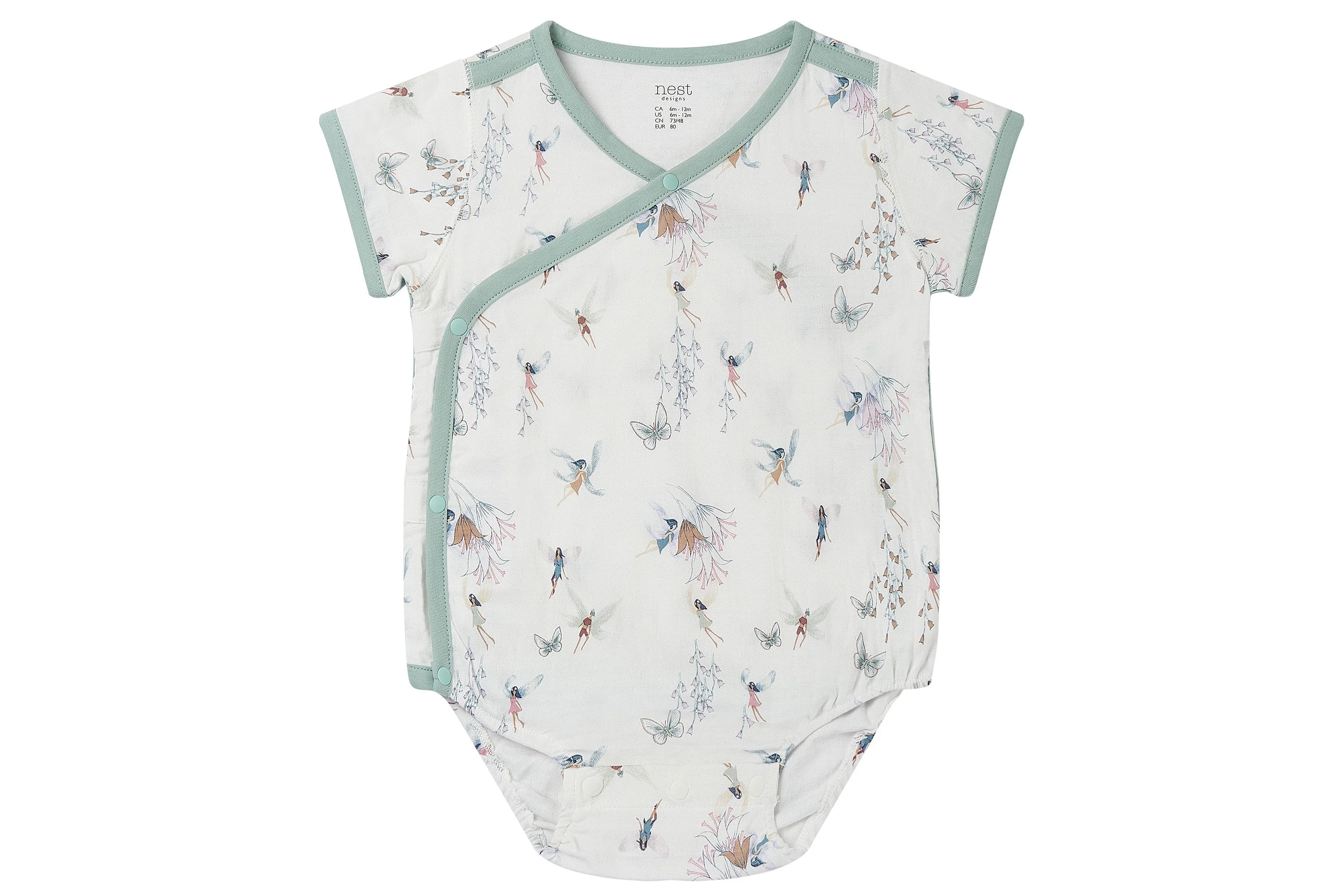
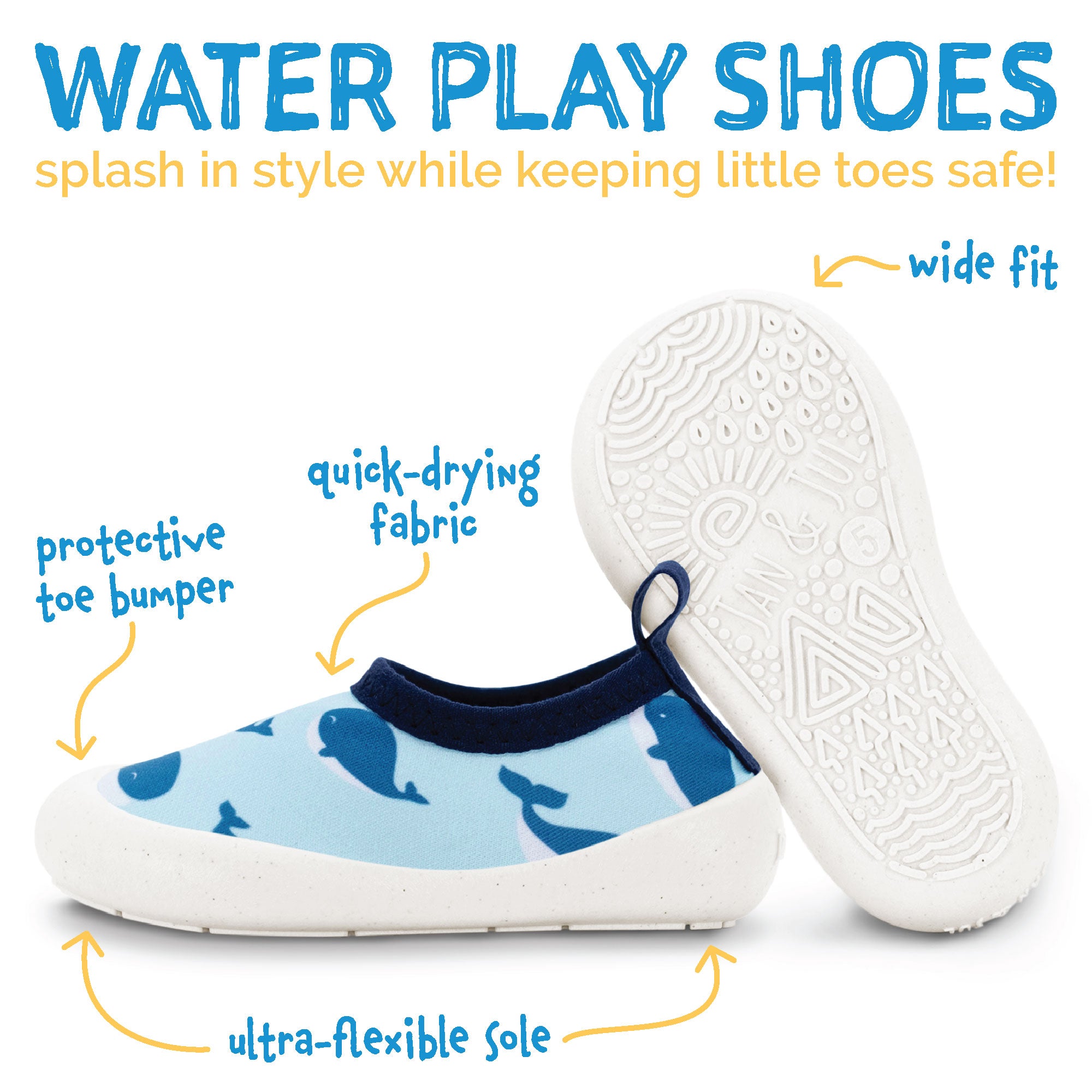
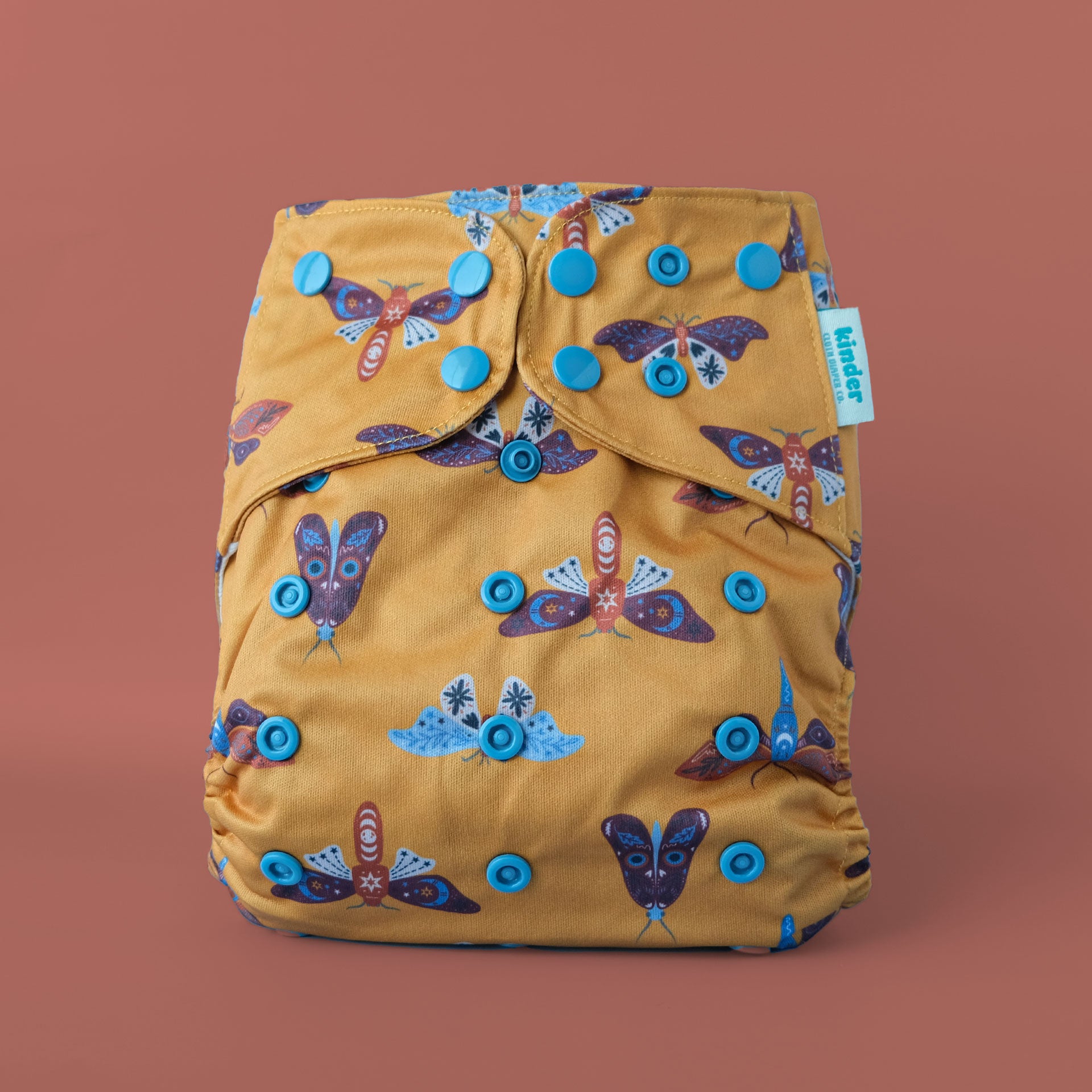
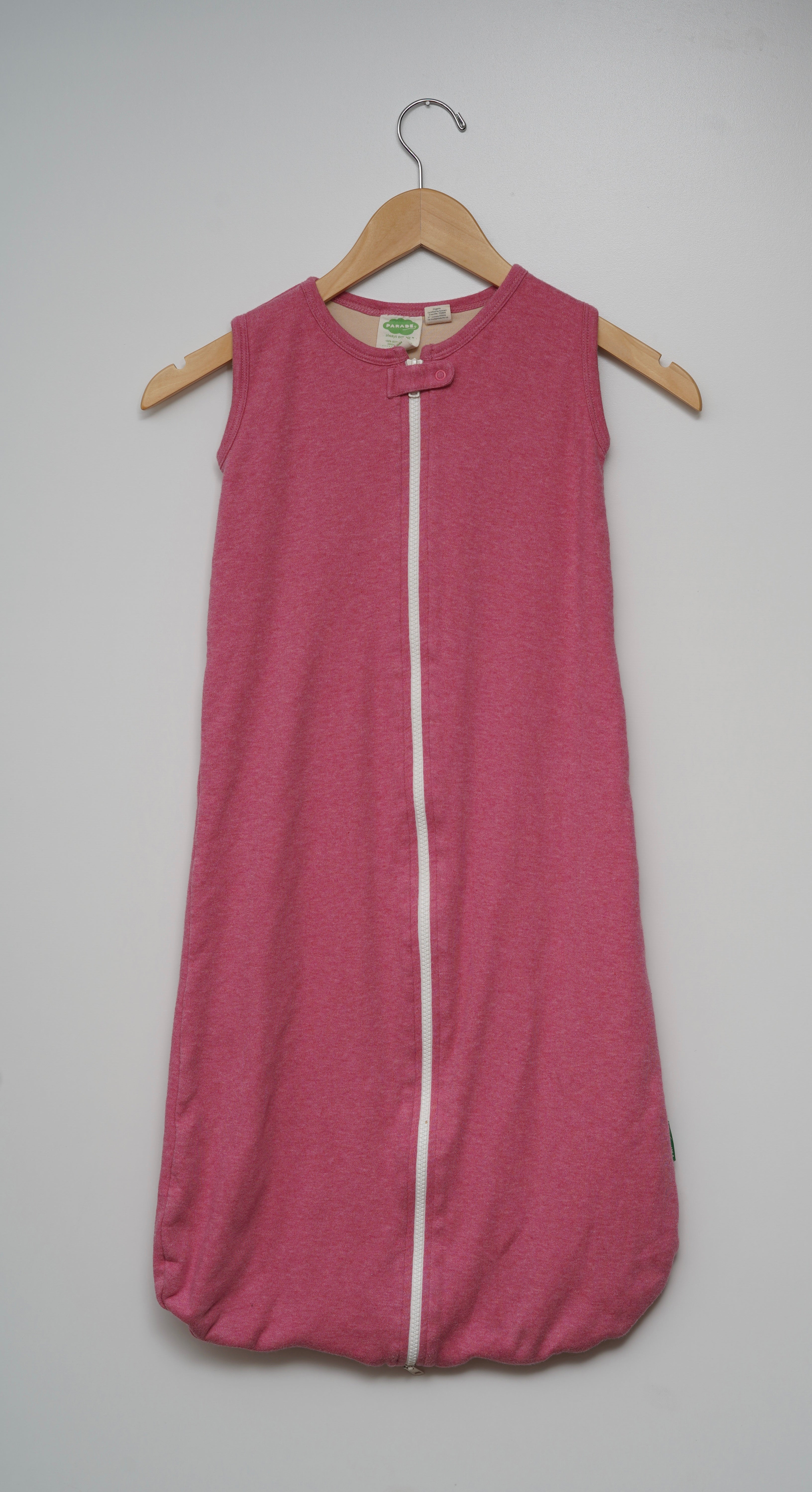
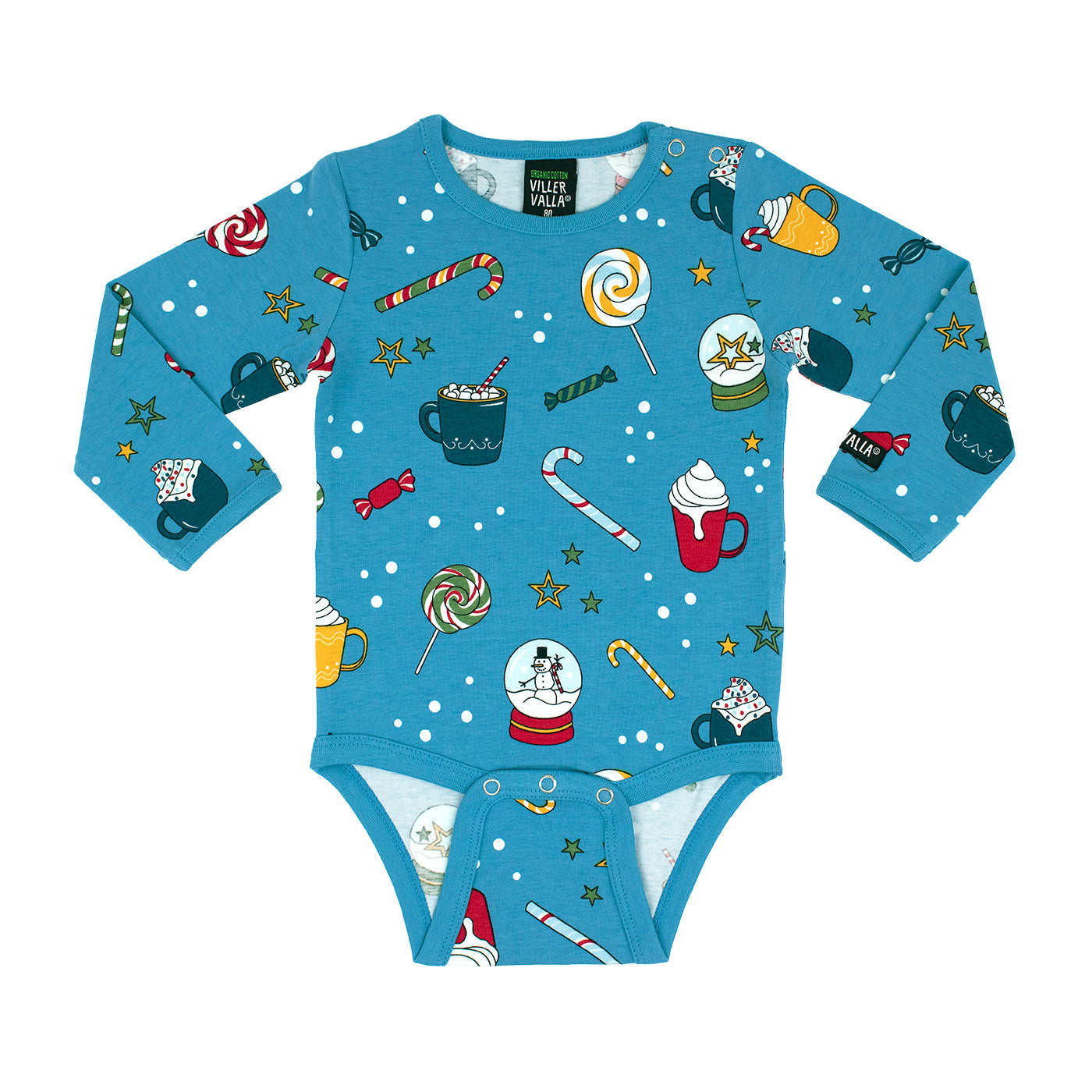
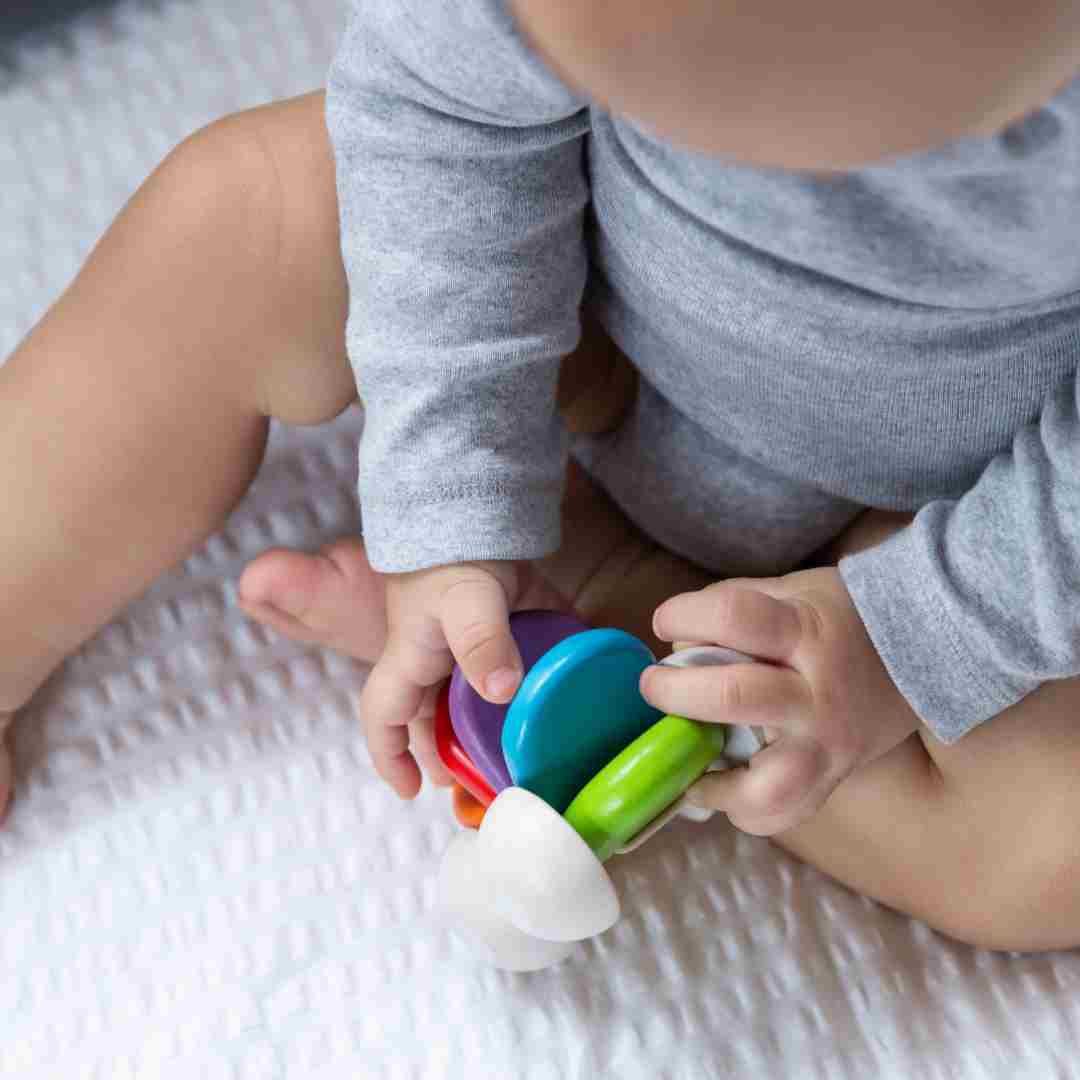


Leave a comment